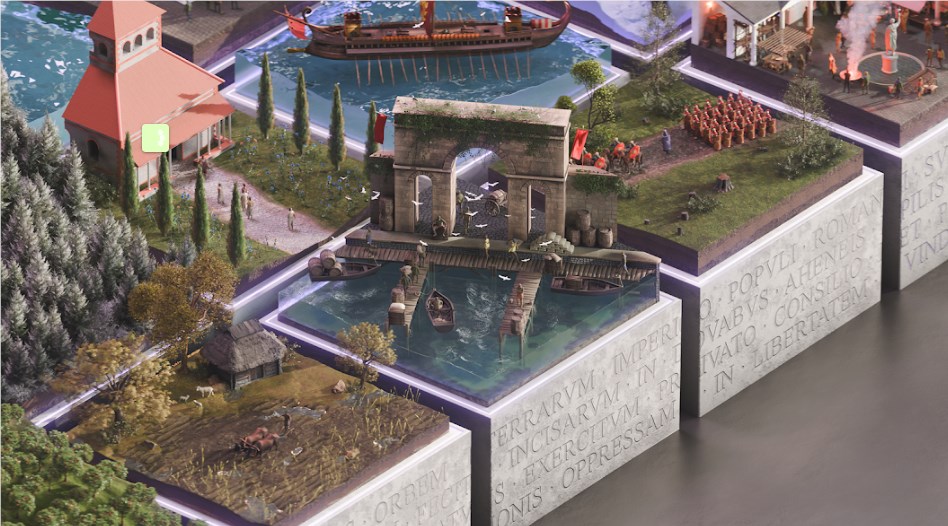In ancient Rome, inscriptions were everywhere, from political graffiti to love poems, from commercial records to monumental inscriptions. These texts provide modern historians with rich scenes of daily life and historical contexts. However, these inscriptions are often difficult to decipher due to damage, fading, or deliberate destruction.
The lack of sufficient contextual information makes the restoration, identification, and dating of these texts almost an impossible task. To address this, the Google DeepMind team introduced the "Aeneas" model, the first artificial intelligence tool specifically designed to provide contextual interpretation for ancient inscriptions.

The launch of Aeneas marks a significant advancement in historical research. Traditionally, historians relied on their own expertise and resources to find similarities between texts, known as "parallel texts." Aeneas accelerates this process by processing thousands of Latin inscriptions, providing relevant texts and contextual parallel examples within seconds, thus helping historians conduct more in-depth interpretations and research.
The model is not limited to Latin; it can also be extended to other ancient languages, scripts, and materials such as papyri and coins, further enriching the possibilities of historical research. Aeneas's multimodal input capability means it can process both text and image information, thereby improving the determination of the geographical origin of inscriptions. The advanced nature of this tool is reflected in its ability to restore text gaps of uncertain length and set new benchmarks in the restoration and prediction of historical texts.
To train Aeneas, the research team integrated data from multiple historical databases, including the Roman Inscriptions Database and the Heidelberg Inscriptions Database, creating a Latin inscription dataset containing over 176,000 ancient Roman inscriptions. Through this approach, Aeneas is able to effectively identify and classify inscriptions, providing strong support for historians' research.
In an evaluation, 23 historians participated in using Aeneas for the restoration, identification, and dating of inscriptions. The results showed that when historians combined the contextual information provided by Aeneas with the model's predictions, they achieved the best research outcomes. Many participants stated that Aeneas accelerated their workflow and increased their confidence in tackling complex inscription tasks.
Project: https://deepmind.google/discover/blog/aeneas-transforms-how-historians-connect-the-past/
Key Points:
🔍 The Aeneas model was launched by Google DeepMind, aiming to help historians understand ancient texts.
🗣️ The model is capable of analyzing similarities in ancient texts, filling in text gaps, and reducing the burden on historians.
📜 Aeneas transforms texts into "historical fingerprints," helping historians interpret inscriptions in a broader context.
